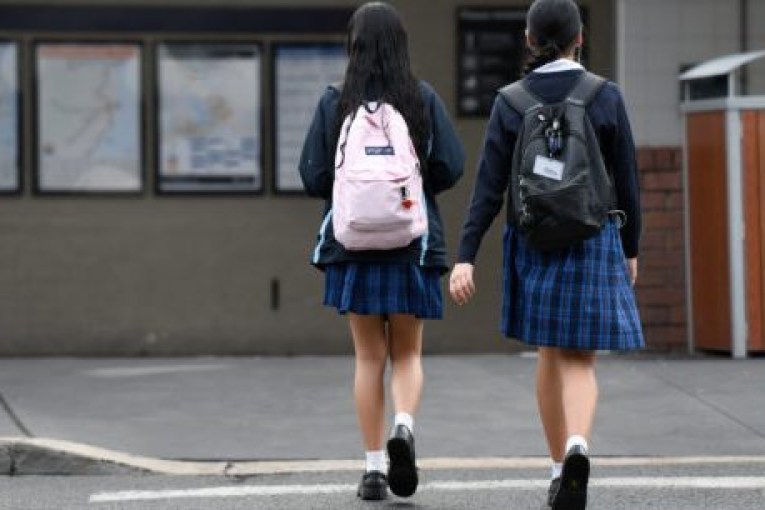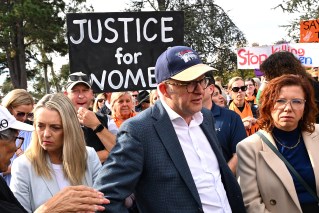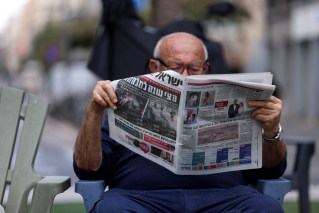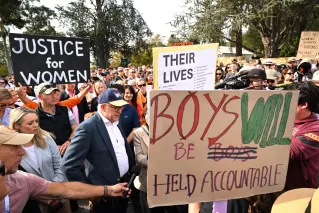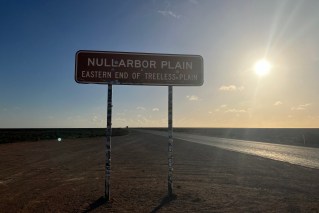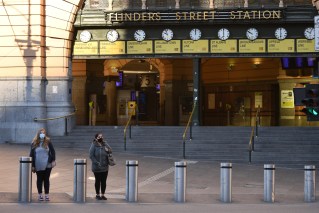Our worst fears realised: The shuddering reality of a patchwork pandemic
The Victorian ‘second wave’ of the coronavirus lays bare the fragility of our economic recovery, and is precisely the scenario our leaders had feared, writes Bernard Keane
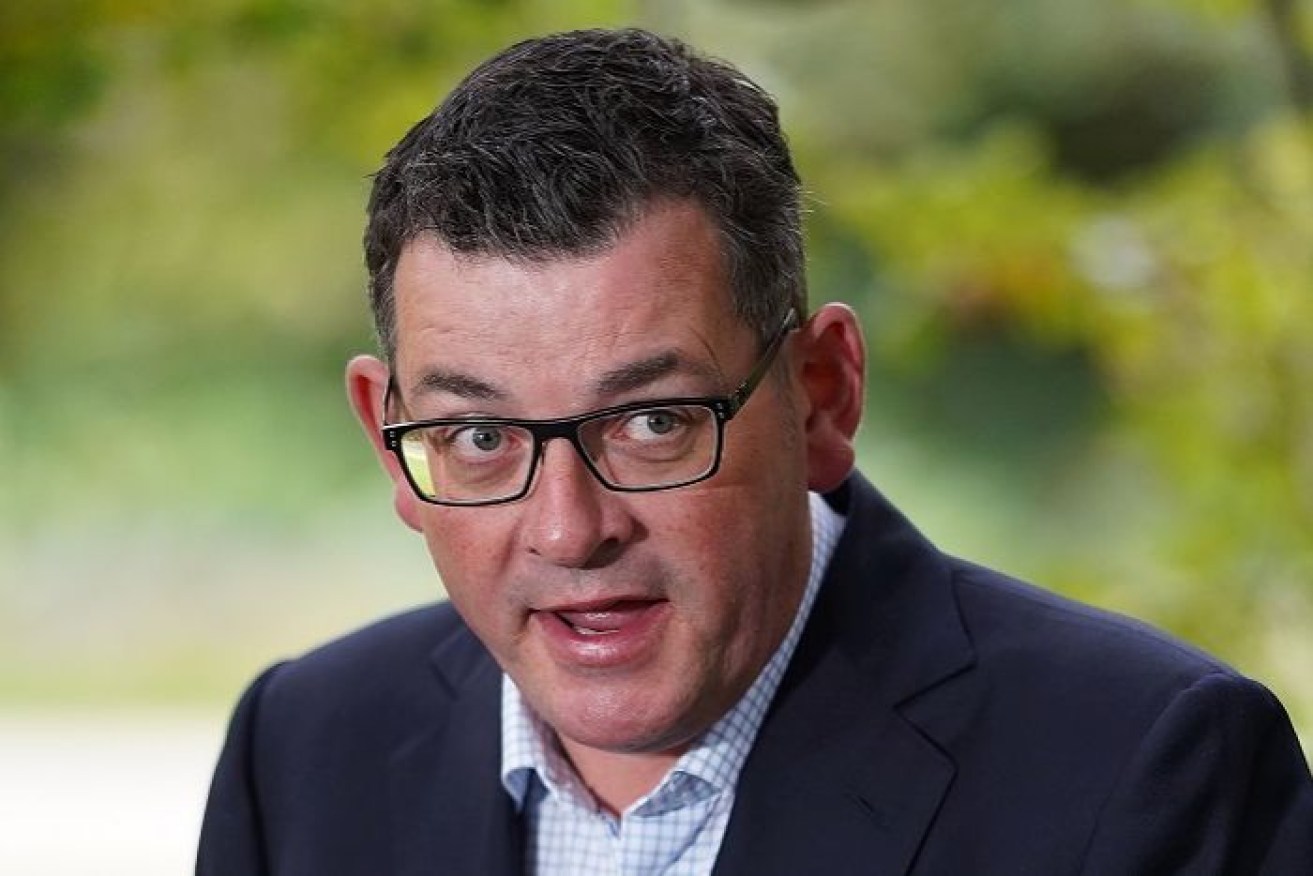
Victorian Premier Daniel Andrews. (Photo: ABC).
The worst fear of policymakers during the initial outbreak of the pandemic, and the accompanying shutdown of the economy, was that we would end lockdown and begin reviving the economy, only for the re-emergence of COVID-19 to send us back into lockdown again.
That wouldn’t merely extend the economic pain, it would guarantee large numbers of businesses that had barely made it through the first lockdown would close forever in the second. It would also start to bring greater pressure on the financial system as the strain of holding off on business loan and mortgage defaults began to tell on banks.
After much self-congratulation and a bout of Aussie exceptionalism, that’s exactly the prospect that Victoria now faces. The small positive is that so far it is only Victoria. But that in turn creates a new problem, of how to manage a multi-speed recovery from a deep economic contraction.
This is now the emerging characteristic of the pandemic recovery phase — such as it is. Nations do not emerge from the pandemic uniformly, but with different regions at different stages.
The UK, which is celebrating the restoration of some normality, has again locked down Leicester, with a population of over 300,000. Bradford, of a similar size, might be next. Lisbon remains locked down even as Portugal reopens. Catalonia and Galicia in Spain have re-entered lockdown. Serbia declared a state of emergency in Belgrade on Friday. Iran, facing a spike in deaths, has mandated the wearing of face masks. Israel has reversed its reopening. Lockdown has been reimposed in New Delhi. Morocco and Madagascar have reimposed lockdowns in major cities. And, of course, the US experience has always been regional.
Whatever the specific details about how the appalling Andrews government has bungled its way into a second big wave of infections, Victoria has much in common with other parts of the world. And it may well become typical of how we proceed from here, until a vaccine is found, if it ever is: periodic outbreaks that require shutting down of suburbs, cities, states.
In retrospect it seems obvious that, in the absence of a vaccine, a patchwork pandemic was inevitable, but until recently the working assumption had been of a uniform pandemic experience, at least for countries like Australia that can effectively close its borders to external sources of infection, allowing economic measures to be adjusted on a national basis as different regions reopened at the same time.
Scott Morrison’s asinine rhetoric about “snap back” and, later, “getting out from under the doona” — as if millions of Australians had had their feet up at home enjoying a break rather than juggling working from home, homeschooling their kids and worrying about isolated elderly relatives — was part of this monolithic mentality, which has been wrecked by events unfolding in Melbourne.
Who modelled an Australian recovery with Melbourne spending an extra month in lockdown and the NSW-Victoria border shut, Gladys Berejiklian having to endure the humiliation of eating her many and incessant words of criticism of Annastacia Palaszczuk?
It seems naive in retrospect, but policymakers are learning much as they go, and will continue to do so. How good are Australians at complying with lockdown restrictions and social distancing for more than a few weeks? How does compliance fare in a second lockdown? Or a third? At what point does the vague sense of mutual sacrifice and community solidarity get replaced with resentment, anger and outright refusal to comply?
And, in the absence of a vaccine, how long do policymakers stick with lockdowns as the primary response to new outbreaks, when each one comes with a serious economic cost?
Maybe Victoria will quickly bring the outbreak under control, and we can go back to the dream of a uniform national recovery, and such questions will never have to be answered. But that’s the best-case scenario.
Sensible contingency planning requires an assessment of how long support measures like JobKeeper should be continued beyond the initial deadline of September, at least for firms that continue to face major revenue shortfalls as a result of renewed or persisting lockdowns. And Scott Morrison might want to hold off on his increasing tendency to blame jobless people for their unemployed status.
Until there’s a vaccine, the new normal looks nothing like the old. It’s a world where, at any moment, COVID-19 could re-emerge to devastate an economy, where the pandemic becomes about individual cities and single suburbs and tower blocks, not nations; a world of persistent disruption that requires policymakers not to slip back into old modes of thinking, old rhetoric and old political tactics, but be ready to respond quickly to a disease that’s proving more resilient than they ever assumed.
This article was first published in Crikey
